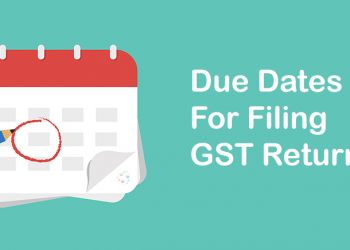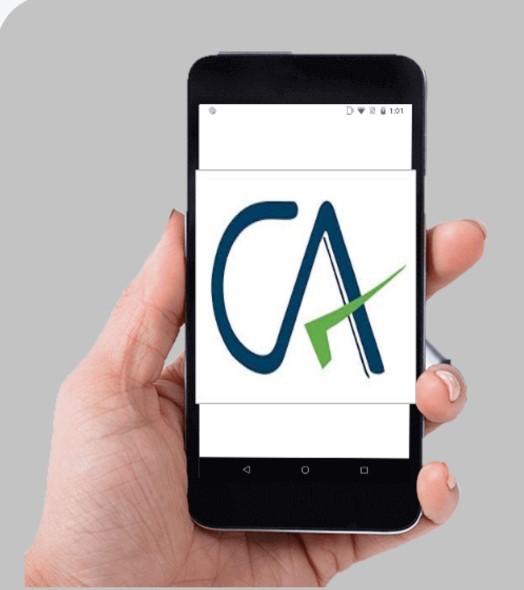Introduction
Short-term provisions represent obligations that a company expects to settle within its operating cycle or one year, whichever is longer. These provisions are liabilities of uncertain timing or amount and include items such as provisions for warranties, gratuity, taxation, and other expenses. Given their nature, short-term provisions require careful auditing to ensure they are accurately recorded, classified, and disclosed in the financial statements.
Legal Framework
The statutory audit of short-term provisions in India is governed by several key regulations and standards:
- Companies Act, 2013:
- Section 128: Mandates that every company must keep proper books of account that provide a true and fair view of the state of the company’s affairs. This includes accurate recording of provisions.
- Section 129: Requires the preparation of financial statements in compliance with accounting standards, which includes proper recognition, measurement, and disclosure of provisions.
- Section 133: Empowers the Central Government to prescribe accounting standards to be followed by companies, known as Indian Accounting Standards (Ind AS).
- Schedule III: Provides a format for the presentation of financial statements, including the disclosure requirements for short-term provisions.
- Indian Accounting Standards (Ind AS):
- Ind AS 37 – Provisions, Contingent Liabilities, and Contingent Assets: Provides the criteria for recognizing, measuring, and disclosing provisions. Key requirements include:
- Recognition Criteria: A provision should be recognized when (a) there is a present obligation as a result of a past event, (b) it is probable that an outflow of resources embodying economic benefits will be required to settle the obligation, and (c) a reliable estimate can be made of the amount of the obligation.
- Measurement: The amount recognized as a provision should be the best estimate of the expenditure required to settle the present obligation at the balance sheet date.
- Disclosure: Requires detailed disclosures about the nature, timing, and amount of provisions.
- Ind AS 37 – Provisions, Contingent Liabilities, and Contingent Assets: Provides the criteria for recognizing, measuring, and disclosing provisions. Key requirements include:
- Accounting Standards (AS):
- AS 29 – Provisions, Contingent Liabilities, and Contingent Assets: This standard is applicable to companies not covered under Ind AS and provides similar guidelines for recognition, measurement, and disclosure of provisions as Ind AS 37.
- Income Tax Act, 1961:
- Section 145A: Specifies the method of accounting for certain types of income and expenses, including the treatment of provisions for tax purposes.
- Section 43B: Requires that certain expenses, including provisions for gratuity and leave encashment, be allowed as a deduction only on actual payment.
- Institute of Chartered Accountants of India (ICAI) Guidance:
- Guidance Note on Audit of Provisions, Contingent Liabilities and Contingent Assets: Provides auditors with a comprehensive framework for auditing provisions. It emphasizes the importance of understanding the nature of provisions, evaluating the appropriateness of management’s assumptions, and ensuring proper disclosure in the financial statements.
- Other Relevant Regulations:
- Goods and Services Tax (GST): Companies need to ensure compliance with GST laws when accounting for provisions related to indirect taxes.
- Labour Laws: Provisions related to employee benefits such as gratuity and leave encashment must comply with relevant labour laws like the Payment of Gratuity Act, 1972, and the Employees’ Provident Funds and Miscellaneous Provisions Act, 1952.
Detailed Audit Procedures
- Understanding the Nature and Components of Provisions
- Obtain a detailed schedule of short-term provisions.
- Understand the basis and rationale for each provision.
- Review of Accounting Policies
- Ensure the company’s accounting policies for provisions are in line with Ind AS 37 or AS 29.
- Check for consistency in application of these policies.
- Verification of Provision Estimates
- Evaluate the process and assumptions used by management to estimate provisions.
- Assess the reliability of the data and sources used.
- Compliance with Regulatory Requirements
- Verify compliance with the Companies Act, 2013, Income Tax Act, 1961, and other relevant regulations.
- Check if any changes in regulations affect the provisions.
- Review of Supporting Documentation
- Examine supporting documents such as contracts, agreements, and correspondence.
- Ensure the documentation supports the recognition and measurement of provisions.
- Testing of Provisions
- Perform substantive testing on a sample basis to verify the accuracy of provisions.
- Recalculate the provision amounts to ensure mathematical accuracy.
- Reconciliation with General Ledger
- Reconcile the provision balances with the general ledger.
- Investigate any discrepancies.
- Disclosure and Presentation
- Ensure proper disclosure of short-term provisions in the financial statements as per Schedule III of the Companies Act, 2013.
- Verify that the disclosures are comprehensive and provide a true and fair view.
Practical Examples
- Scenario 1: Warranty Provisions
- Scenario: A company provides a one-year warranty on its products and has a provision for warranty claims amounting to INR 5,00,000.
- Audit Approach: Review historical warranty claim data, assess the reasonableness of the provision, and check for any significant changes in warranty terms.
- Practical Insight: Verify if the provision aligns with past claims and if any adjustments are required for future expectations.
- Scenario 2: Provision for Taxation
- Scenario: The company has a provision for current tax liabilities amounting to INR 10,00,000.
- Audit Approach: Review tax computation workings, assess compliance with tax laws, and verify any correspondence with tax authorities.
- Practical Insight: Ensure the provision is accurate and reflects any recent changes in tax rates or regulations.
- Scenario 3: Provision for Gratuity
- Scenario: The company has a short-term provision for gratuity amounting to INR 3,00,000 for employees expected to retire within the next year.
- Audit Approach: Verify the actuarial valuation report, check the assumptions used, and ensure the provision aligns with the company’s gratuity policy.
- Practical Insight: Confirm that the provision reflects the current employee data and complies with the Payment of Gratuity Act, 1972.
- Scenario 4: Provision for Legal Claims
- Scenario: The company is involved in several legal disputes and has made a provision of INR 7,00,000 for potential settlements.
- Audit Approach: Review legal correspondence, assess the likelihood of loss, and verify the basis of the provision.
- Practical Insight: Ensure the provision is based on the best estimate of the likely outcome and supported by legal opinions.
- Scenario 5: Provision for Bad Debts
- Scenario: The company has a provision for bad debts amounting to INR 2,50,000.
- Audit Approach: Review the aging analysis of receivables, assess the recoverability, and verify the adequacy of the provision.
- Practical Insight: Confirm that the provision reflects the current credit risk and is based on historical data and management’s judgment.
- Scenario 6: Provision for Employee Benefits
- Scenario: The company has short-term provisions for bonuses and other employee benefits totaling INR 8,00,000.
- Audit Approach: Verify the calculation of bonuses, review employment contracts, and ensure the provisions are based on approved policies.
- Practical Insight: Check if the provisions are authorized by the company’s management and reflect the current period’s performance.
- Scenario 7: Provision for Restructuring Costs
- Scenario: The company plans to restructure its operations and has made a provision of INR 4,00,000 for associated costs.
- Audit Approach: Review the restructuring plan, assess the basis of the provision, and verify supporting documentation for estimated costs.
- Practical Insight: Ensure the provision is recognized in accordance with Ind AS 37 or AS 29 and supported by detailed plans.
- Scenario 8: Provision for Onerous Contracts
- Scenario: The company has entered into a contract that is expected to result in a loss and has made a provision of INR 6,00,000.
- Audit Approach: Review the contract terms, assess the expected loss, and verify the calculation of the provision.
- Practical Insight: Ensure the provision reflects the unavoidable costs of fulfilling the contract and is in line with accounting standards.
- Scenario 9: Provision for Deferred Revenue
- Scenario: The company has received advance payments from customers and has made a provision of INR 3,50,000 for future services.
- Audit Approach: Review the customer contracts, verify the receipt of payments, and ensure the provision reflects the obligation to perform future services.
- Practical Insight: Check if the provision is recognized in accordance with revenue recognition principles and matches the service period.
- Scenario 10: Provision for Environmental Liabilities
- Scenario: The company has made a provision of INR 5,00,000 for environmental remediation costs.
- Audit Approach: Review environmental reports, assess the basis of the provision, and verify compliance with environmental regulations.
- Practical Insight: Ensure the provision reflects the estimated costs of remediation and is supported by expert opinions.
Conclusion
Auditing short-term provisions involves a detailed understanding of the company’s operations, regulatory requirements, and the accounting standards applicable. By following a structured audit approach and considering practical examples, auditors can ensure that short-term provisions are accurately recorded, classified, and disclosed in the financial statements, providing a true and fair view of the company’s financial position.
Author
CA Sourabh Kothari (C.A., B.Com)
He is currently working as Partner – Risk and Transaction advisory with a renowned firm in Jaipur having experience in Internal Audit, IFC Audit, Business consultancy, Due Diligence and Management consultancy.
E-mail: Sourabh.kothari@jainshrimal.in | LinkedIn: Sourabh Kothari












